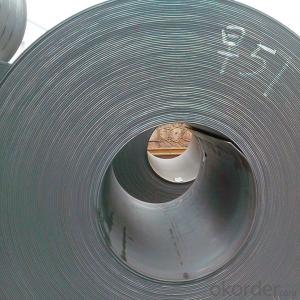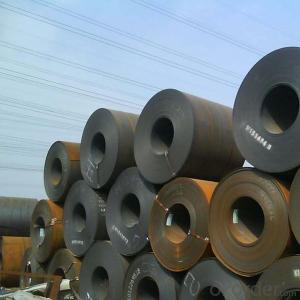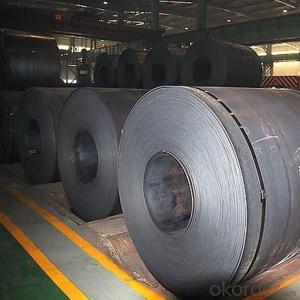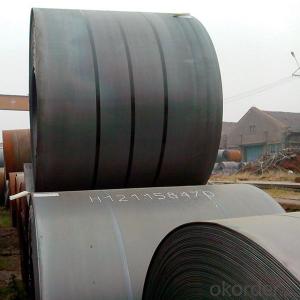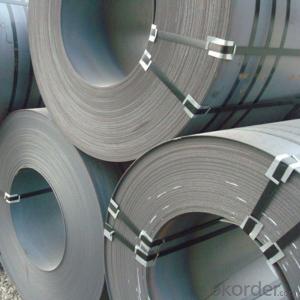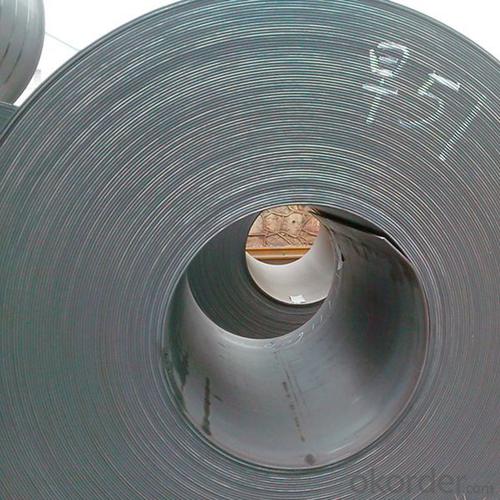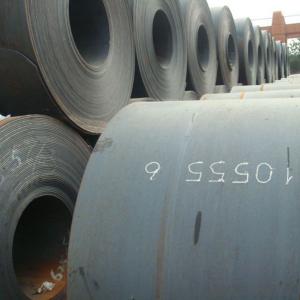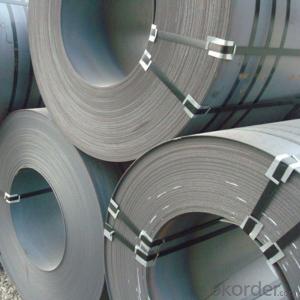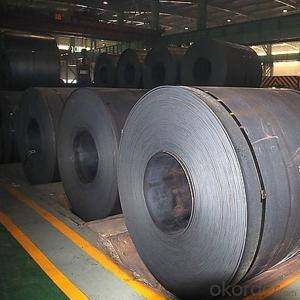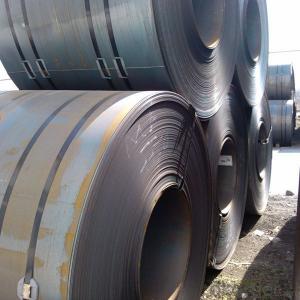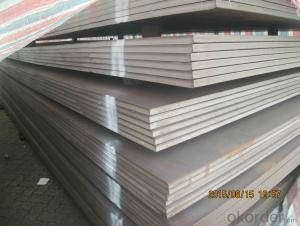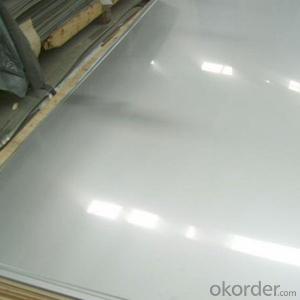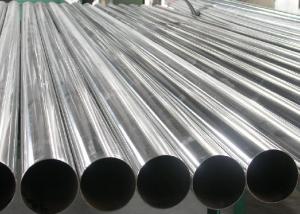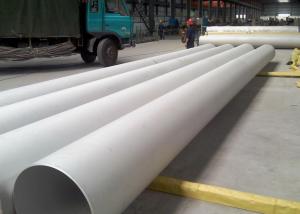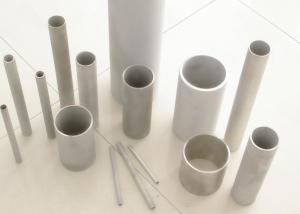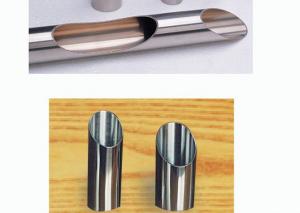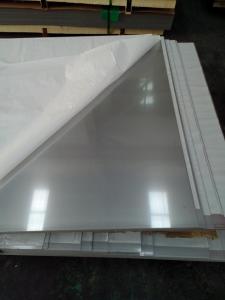Hot Rolled Steel Sheets SS400 Hot Rolled Steel Plate Made in China
- Loading Port:
- China main port
- Payment Terms:
- TT OR LC
- Min Order Qty:
- 28 m.t.
- Supply Capability:
- 200000 m.t./month
OKorder Service Pledge
OKorder Financial Service
You Might Also Like
Specification
DESCRIPTION FOR SS400 CARBON STEEL SHEET
1.Thickness: 1-200mm
2.Width: 100-3000mm
3.Length: 1000-12000mm
4. Applications :mining machinery, environmental protection, engineering
5. Grade:SS400 A 36 Q195.Q235.Q345.SPCC.SPCH
6.Surface : Hot Rolled Cold Rolled Galvanized Steel
DESCRIPTION:
GRADE: SS400, ASTM A36, A572, ST37,ST52, Q195, Q215, Q235,Q345, S235JR etc.
STANDARD: GB/T709-2006, ASTM A36, JIS G3101, DIN EN 10025, SAE 1045, ASTM A570
SPEC: 1)Width: 600-2500mm or 1000,1050,1250,1500,1800,2000mm
2)Thickness:1.5mm-200mm or as customers’ special requirements;
3)Length: 2-12m or as customers’ special requirements
EXPORT MARKET FOR STEEL COILS/SHEETS
Our target market is the international market. Every year we export most of products to countries like India, Pakistan, South Korea, Brazil, Australia, South Africa, Spain, Sri Lanka, Taiwan, Hong Kong, etc.
OUR SERVICE
1.High quanlity and reasonable price.
2.Customized on-demand.
3.Reasonable shipping and fast delivery.
4.Free sample.
PACKAGING &DELIVERY FOR STEEL COILS/SHEETS
Packaging Detail | Standard export packing or following customer's demand |
Delivery Time | Within 30-40 days after deposit or according to the order quantity |
DETAILED PICTURES FOR STEEL COILS
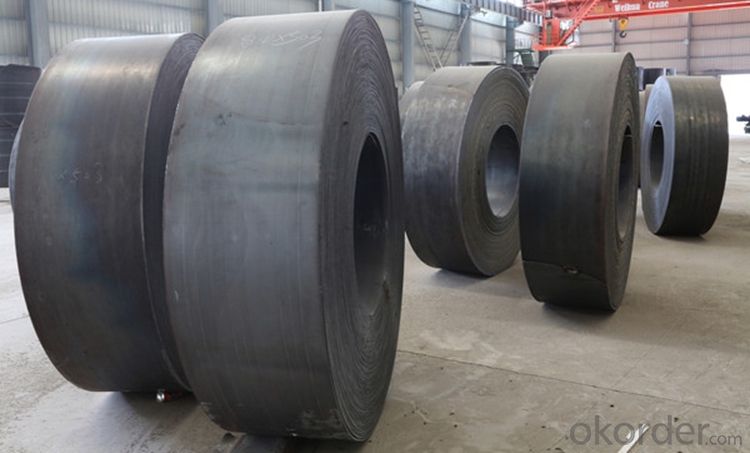
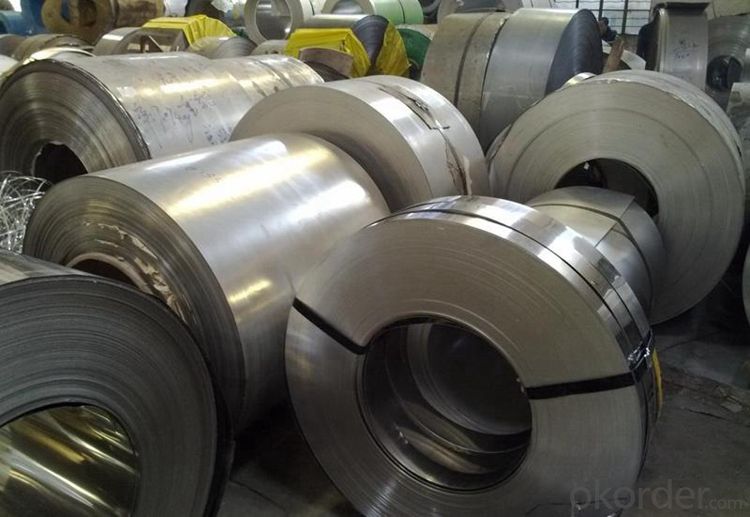
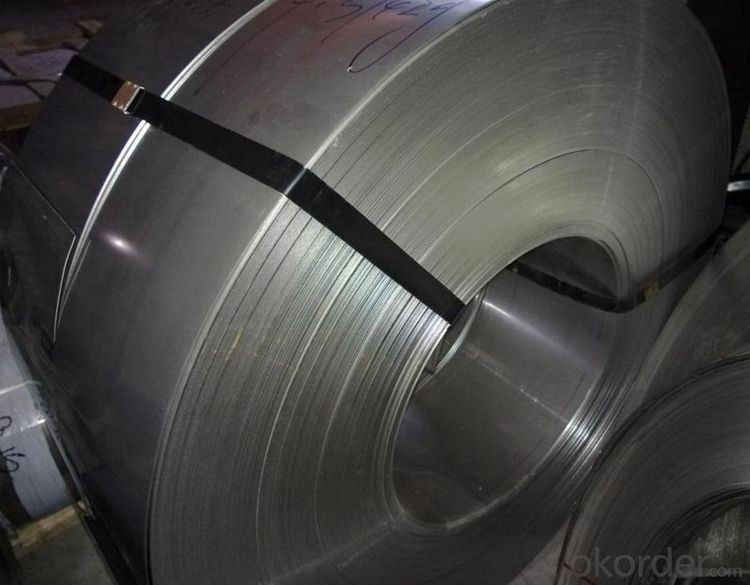
FAQ
Q:What are the advantages of your company ?
A: We have many professionals, technical personnel, more competitive prices and best after-dales service than other steel companies.
Q:Can you arrange the shipment ?
A: Sure we can help you with the shipment. We have forwarders who have cooperated with us for many years.
- Q: Are stainless steel sheets resistant to pitting?
- Stainless steel sheets are indeed resistant to pitting. Renowned for its exceptional corrosion resistance, stainless steel is capable of withstanding pitting corrosion. Pitting corrosion, a localized form of corrosion that results in the creation of small pits or holes on metal surfaces, is effectively deterred by stainless steel due to the presence of chromium. The chromium in stainless steel forms a passive oxide layer on the surface, thereby preventing the metal from experiencing further corrosion. This protective oxide layer serves as a barrier, safeguarding stainless steel against pitting. Moreover, the resistance to pitting can be further enhanced by the composition and specific grade of stainless steel, solidifying stainless steel sheets as a dependable choice for numerous applications where corrosion resistance is of utmost importance.
- Q: How high is the temperature of 2520 stainless steel?
- For Ni (Ni), chromium (Cr) content is high, with good oxidation resistance, corrosion resistance, acid and alkali resistance, high temperature performance, high temperature resistant steel dedicated to the manufacture of electric furnace tube and so on, increase the amount of carbon austenitic stainless steel, due to the solid solution strengthening effect to the strength improved, chemical composition characteristics of austenitic stainless steel is chrome, nickel based addition of molybdenum and tungsten, niobium and titanium elements, as its face centered cubic structure, and strength and high creep strength at high temperature.
- Q: What are the benefits of using perforated stainless steel sheets in acoustics?
- When it comes to acoustics, there are several advantages to using perforated stainless steel sheets. Firstly, they have excellent sound absorption properties. The evenly distributed perforations in the sheets help to scatter sound waves, reducing their energy and preventing them from bouncing back into the room. This reduces echo and reverberation, creating a more comfortable and clear acoustic environment. In addition, these sheets can be customized to meet specific acoustic requirements. The size, shape, and pattern of the perforations can be adjusted to achieve different levels of sound absorption. This allows for precise control over the acoustics of a space, making it suitable for various applications such as concert halls, recording studios, theaters, or office spaces. Moreover, perforated stainless steel sheets are highly durable and long-lasting. They are resistant to corrosion, making them capable of withstanding harsh environments without deteriorating over time. This makes them suitable for both indoor and outdoor use, ensuring consistent acoustic performance for many years. Furthermore, these sheets offer an aesthetic appeal. The perforations can be designed in different patterns and sizes, providing a visually pleasing and modern look. This makes them a popular choice for architectural and design applications, where both acoustics and aesthetics are important. In conclusion, perforated stainless steel sheets offer excellent sound absorption, customization options, durability, and an attractive appearance. These qualities make them a versatile and effective solution for improving the acoustic performance of various spaces.
- Q: Can stainless steel sheets be used for elevator mirror panels?
- Yes, stainless steel sheets can be used for elevator mirror panels. Stainless steel is a durable and corrosion-resistant material that is commonly used in the construction of elevator interiors. Additionally, stainless steel can be polished to a high shine, making it suitable for mirror panels in elevators.
- Q: How do I calculate the strength of stainless steel sheets?
- To calculate the strength of stainless steel sheets, you need to consider factors such as the material's tensile strength, yield strength, and thickness. Tensile strength refers to the maximum amount of stress a material can withstand before it breaks, while yield strength is the maximum stress the material can endure without permanent deformation. Additionally, the thickness of the sheet will also affect its overall strength. By referring to the specifications provided by the manufacturer or consulting relevant engineering resources, you can determine the specific strength values for the stainless steel sheets you are working with.
- Q: Can stainless steel sheets be used for medical sterilization equipment?
- Certainly, medical sterilization equipment can indeed utilize stainless steel sheets. Due to its exceptional resistance to corrosion, impressive heat resistance, and remarkable durability, stainless steel stands as a favored material choice within the medical industry. These remarkable attributes render stainless steel sheets perfectly suited for a wide array of medical applications, including the construction of sterilization equipment. With the ability to endure high temperatures and endure multiple sterilization cycles without warping or deteriorating, stainless steel sheets prove themselves suitable for autoclaves and other sterilization devices. Moreover, stainless steel's effortless cleaning and maintenance capabilities play a critical role in preventing the proliferation of bacteria and other harmful microorganisms. As a result, stainless steel sheets find widespread usage in medical settings where the presence of sterilization equipment is imperative.
- Q: Can stainless steel sheets be customized in terms of size and shape?
- Stainless steel sheets possess the capacity for customization when it comes to their size and shape. Stainless steel, a material known for its versatility, can be easily manipulated and altered to meet specific requirements. Regardless of whether it is a large or small sheet, stainless steel can be cut, shaped, and resized to match the desired dimensions. This customization procedure can be accomplished through various techniques such as cutting, bending, welding, and forming. Moreover, stainless steel sheets can also be perforated or embossed to further customize them and enhance their aesthetic appeal. In conclusion, stainless steel sheets provide ample flexibility in terms of size and shape customization, making them suitable for a wide array of applications in industries like construction, automotive, aerospace, and more.
- Q: What is the ductility of stainless steel sheets?
- Stainless steel sheets possess a remarkable quality known as ductility. This quality enables them to endure tensile stress without succumbing to fractures or breaks. The stainless steel material is renowned for its outstanding ductility, which grants it the ability to withstand stretching, bending, or hammering without compromising its structural integrity. This exceptional attribute endows stainless steel sheets with great versatility, rendering them suitable for an extensive array of applications such as construction, automotive manufacturing, and kitchen appliances. The high ductility of stainless steel empowers it to be effortlessly molded into intricate shapes or rolled into thin sheets, making it an ideal choice for delicate designs or structures with thin walls. Moreover, the ductility of stainless steel also facilitates easy welding, solidifying its status as a favored option for fabrication processes.
- Q: Can stainless steel sheets be used for electromagnetic compatibility?
- Yes, stainless steel sheets can be used for electromagnetic compatibility. Stainless steel has excellent electrical conductivity and high magnetic permeability, which helps in shielding electromagnetic interference (EMI) and radio frequency interference (RFI). It is commonly used in applications where electromagnetic compatibility is required, such as enclosures, cabinets, and shielding components in electronic devices.
- Q: Are stainless steel sheets good for industrial exhaust systems?
- Indeed, stainless steel sheets prove to be an exceptional option for industrial exhaust systems. Renowned for its exceptional resistance to corrosion, stainless steel stands as an immensely sturdy and enduring material for exhaust systems. It exhibits the capability to endure high temperatures and withstand extreme weather conditions, hence rendering it suitable for deployment in industrial settings. Moreover, stainless steel showcases outstanding strength, enabling it to cope with the pressure and vibrations inherent in exhaust systems. Furthermore, stainless steel boasts effortless cleaning and maintenance, a crucial attribute for ensuring efficient functionality of the exhaust system. In summary, the durability, corrosion resistance, and high temperature tolerance of stainless steel sheets make them an outstanding choice for industrial exhaust systems.
Send your message to us
Hot Rolled Steel Sheets SS400 Hot Rolled Steel Plate Made in China
- Loading Port:
- China main port
- Payment Terms:
- TT OR LC
- Min Order Qty:
- 28 m.t.
- Supply Capability:
- 200000 m.t./month
OKorder Service Pledge
OKorder Financial Service
Similar products
Hot products
Hot Searches
Related keywords
